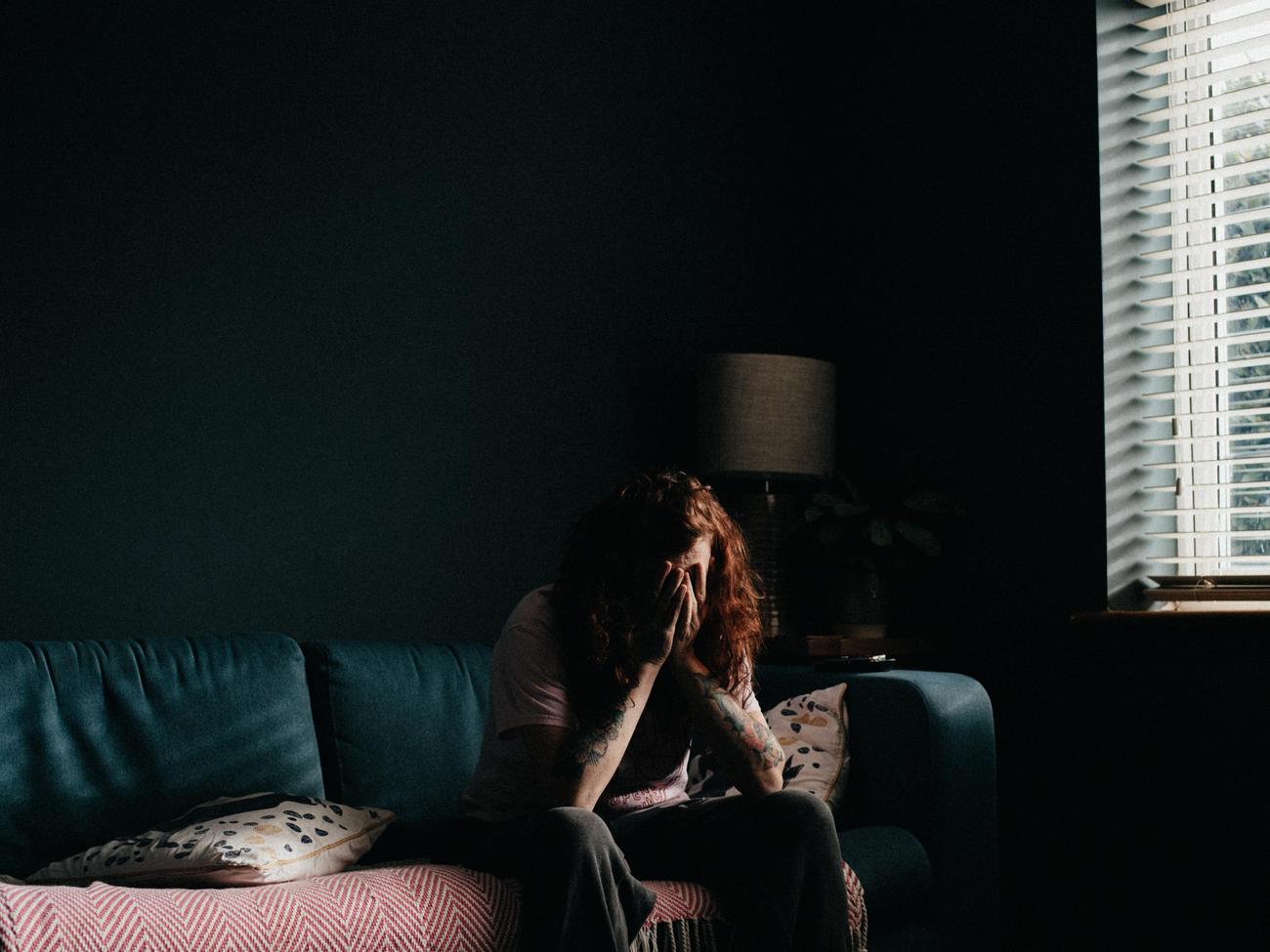Delving into the intricate tapestry of human emotions, this article unveils the inner world of girls, offering an intimate exploration of their emotional experiences. From the exhilarating highs to the heart-wrenching lows, we embark on a journey that seeks to understand and unravel the complexities that shape the emotional landscape of girls. With a skilled pen and a deep passion for human psychology, we peer into the depths of their hearts and minds, untangling the threads of joy, pain, and everything in between. Join us as we navigate through the labyrinth of emotions, shedding light on the unique and powerful experiences that define the emotional journey of girls.
Emotional Experiences of Girls
Girls navigate a vast and intricate emotional landscape that is shaped by a myriad of factors. From the highs of happiness to the depths of sadness, their emotional experiences are rich and diverse. In this article, we will delve into the complex world of girls’ emotions, exploring the unique ways in which they perceive and express their feelings. By examining the impact of gender roles, age, and interpersonal context, we can gain a deeper understanding of the emotional journeys girls embark on. So, let’s embark on this exploration together as we unveil the inner world of emotional experiences of girls.

Intense Positive Emotions and Anger
Girls are known to experience more intense positive emotions, such as happiness and overall positive emotion [^1^]. Their ability to feel and express joy allows them to connect deeply with the world around them and find fulfillment in their experiences. This heightened positivity may stem from societal expectations and gender roles, which often encourage girls to embrace nurturing and empathetic qualities.
However, in contrast to their positive emotions, girls also experience more intense negative emotions, particularly anger [^2^]. This could be partly attributed to the limitations imposed by societal norms and expectations. When girls feel their desires and autonomy are constrained, anger can become a powerful response. As we recognize and validate these emotions, we open the door to helping girls explore healthier ways of managing and expressing their anger.
“Girls navigate a labyrinth of emotions, from the purest happiness to the fiery depths of anger, each contributing to their unique tapestry of experiences.”
Gender Roles and Internalizing Emotions
Gender roles play a significant role in shaping the emotional experiences of girls. Society often expects girls to show greater positive and internalizing emotions compared to boys [^3^]. This means that girls are more likely to internalize their emotions and keep them hidden from the world. They may experience intense sadness, anxiety, or fear, but find it challenging to express them openly.
The pressure to conform to societal expectations can become overwhelming, resulting in a greater risk of internalized emotional distress, such as sadness and anxiety, during adolescence [^9^][^10^]. It’s crucial to provide girls with a safe and supportive environment where they can express their emotions without judgment. By doing so, we can help them develop healthy emotional coping mechanisms and foster their emotional wellbeing.
“In a world where girls are expected to embrace their inner strength quietly, we must create spaces that empower and validate their internal emotional experiences.”
The Impact of Age, Interpersonal Context, and Task
Emotional experiences of girls are influenced by various factors, including age, interpersonal context, and the type of task at hand [^6^]. As girls grow and develop, their understanding, perception, and expression of emotions undergo transformations. This journey is further shaped by the people and relationships in their lives. The emotional experiences of girls in their family, friendships, and romantic relationships significantly impact their emotional growth.
Additionally, the type of task or situation can evoke different emotional responses in girls. While some tasks may elicit excitement and enthusiasm, others can trigger stress or anxiety. Recognizing the multifaceted nature of girls’ emotions allows us to support them effectively throughout their journeys, providing guidance and understanding.
“Every girl’s emotional journey is guided by the dynamic interplay between age, relationships, and the situation at hand, shaping their personal experiences along the way.”
Heart Rate as an Indicator of Emotional Experience
To uncover the depths of girls’ emotional experiences, researchers often turn to heart rate as an indicator of emotional intensity and expressivity [^7^]. Changes in heart rate can reflect the ups and downs of emotional journeys, providing valuable insights into the emotional states of girls. By monitoring heart rate, we can gain a deeper understanding of their emotional responses and identify potential areas of concern.
“The rhythm of a girl’s heart tells a tale of emotions, beating with the intensity and grace that words sometimes fail to capture.”
Emotional Regulation and Strategies
Girls tend to report higher scores on the use of emotional regulation strategies, especially when experiencing sadness, anxiety, and anger [^8^]. The ability to regulate emotions is crucial in maintaining emotional stability and overall wellbeing. By understanding the strategies girls employ, we can equip them with the necessary tools to navigate the complex web of emotions they encounter.
Teaching girls healthy emotional regulation techniques empowers them to understand, process, and express their emotions effectively. It also cultivates resilience and fosters emotional intelligence, allowing them to navigate challenges with confidence and grace.
“Empowering girls with emotional regulation strategies is like giving them armor against the stormy seas of emotions, enabling them to face life’s challenges head-on.”
Conclusion
The emotional experiences of girls are a testament to their inner strength, resilience, and capacity for growth. As we dive into the depths of their emotions, guided by the knowledge of gender roles, age, and interpersonal context, we unravel a tapestry of experiences that shape their lives. Through understanding, support, and empowering strategies, we can create a world where girls embrace their emotions, navigate their journeys with authenticity, and thrive emotionally.
So let us embark on this journey together, unveiling the inner world of emotional experiences of girls and celebrating the richness and complexity that defines their emotional landscapes.
“In the shadows of every girl’s emotional journey lies a radiant resilience, waiting to be discovered and celebrated.”
Facts About Girl Feeling: Are you curious about the secret world of a girl’s emotions? Discover the fascinating facts about girl’s feelings and unlock the mysteries of their unique emotional landscape. Gain insights into the complexities of their emotions and learn how they navigate through different experiences. Explore the URL to dive deep into this captivating topic and broaden your understanding of the intricacies of girl’s emotions. +
FAQ
Question 1
What are some common positive emotions that girls experience more intensely than boys?
Answer 1
Based on research, girls tend to experience more intense positive emotions, such as happiness and overall positive emotion, compared to boys.
Question 2
Which negative emotion do girls tend to experience more intensely than boys?
Answer 2
Girls often experience more intense anger than boys as a negative emotion.
Question 3
How do gender roles contribute to girls showing greater positive and internalizing emotions compared to boys?
Answer 3
Gender roles play a role in the emotional experiences of girls, as they contribute to girls displaying greater positive and internalizing emotions than boys.
Question 4
During adolescence, which type of emotional expression do girls tend to show more?
Answer 4
Girls tend to express more externalizing emotions during adolescence, which refers to emotions expressed outwardly, such as anger.
Question 5
What types of emotional experiences are more commonly expressed by girls compared to boys?
Answer 5
Girls are more likely to express negative internalizing emotions, such as sadness and anxiety, whereas boys tend to express more externalizing emotions, like anger.















